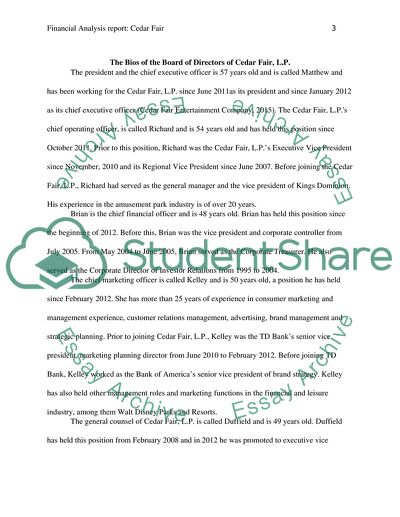Cite this document
(“Financial Analysis Report: Cedar Fair Term Paper”, n.d.)
Financial Analysis Report: Cedar Fair Term Paper. Retrieved from https://studentshare.org/finance-accounting/1696642-financial-analysis-report-cedar-fair
Financial Analysis Report: Cedar Fair Term Paper. Retrieved from https://studentshare.org/finance-accounting/1696642-financial-analysis-report-cedar-fair
(Financial Analysis Report: Cedar Fair Term Paper)
Financial Analysis Report: Cedar Fair Term Paper. https://studentshare.org/finance-accounting/1696642-financial-analysis-report-cedar-fair.
Financial Analysis Report: Cedar Fair Term Paper. https://studentshare.org/finance-accounting/1696642-financial-analysis-report-cedar-fair.
“Financial Analysis Report: Cedar Fair Term Paper”, n.d. https://studentshare.org/finance-accounting/1696642-financial-analysis-report-cedar-fair.


